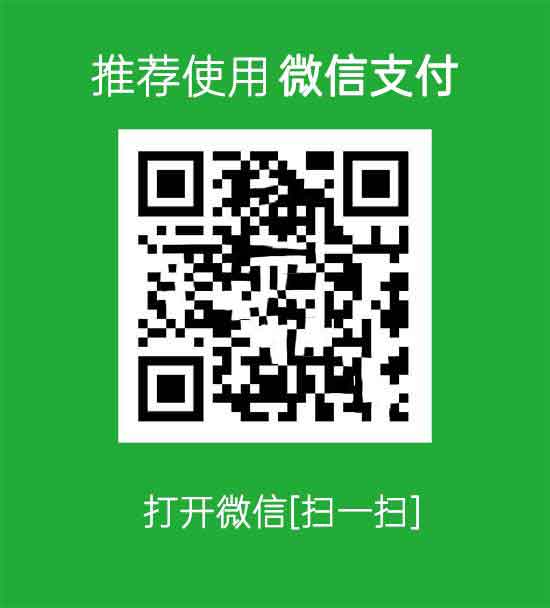Introduction
In the rapidly evolving world of education, technology has become an indispensable tool for enhancing learning experiences. One such innovation that has gained significant traction is the use of digital point-readers in English textbooks. These devices are revolutionizing the way students engage with language learning materials, offering interactive and immersive experiences. This article delves into the benefits of using English textbook point-readers, supported by industry reports, data, and expert opinions.
The Rise of Digital Point-Readers
The integration of digital point-readers into English textbooks is a testament to the digital transformation of education. According to a report by Grand View Research, the global e-learning market size is expected to reach USD 325.5 billion by 2025, growing at a CAGR of 11.4% from 2018 to 2025. This growth is primarily driven by the increasing adoption of digital learning solutions, including point-readers.
Enhanced Learning Experience
One of the key advantages of using English textbook point-readers is the enhanced learning experience they offer. These devices provide interactive content, allowing students to engage with the material in a more dynamic way. According to a study published in the Journal of Educational Technology & Society, interactive learning technologies can significantly improve student engagement and learning outcomes.
For instance, English textbook point-readers often come with features like text-to-speech, which allows students to listen to the text being read aloud. This is particularly beneficial for language learners who are still developing their reading skills. Additionally, these devices often include audio and video content, which can help illustrate complex concepts and make learning more engaging.
Accessibility and Customization
Another significant benefit of English textbook point-readers is their accessibility and customization options. These devices can be easily adjusted to cater to the individual needs of each student. For example, students with reading difficulties can increase the text size, while those who are auditory learners can adjust the playback speed of the audio content.
The customization options extend beyond individual learning preferences. Teachers can also use these devices to create personalized learning experiences for their students. For instance, they can assign specific chapters or sections to students based on their learning pace and proficiency level.
Cost-Effectiveness
Contrary to the belief that digital learning tools are expensive, English textbook point-readers can be a cost-effective solution for educational institutions. According to a report by the National Education Association, schools that invest in digital learning tools can save up to 30% on textbook costs over a five-year period. This is because digital textbooks can be updated more frequently and do not require physical storage space.
Conclusion
The integration of English textbook point-readers marks a significant step forward in the evolution of language learning. With their interactive features, accessibility, and cost-effectiveness, these devices are poised to transform the way students engage with English language learning materials. As the digital learning market continues to grow, it is essential for educators and institutions to embrace these innovative tools to enhance the learning experience for their students.







